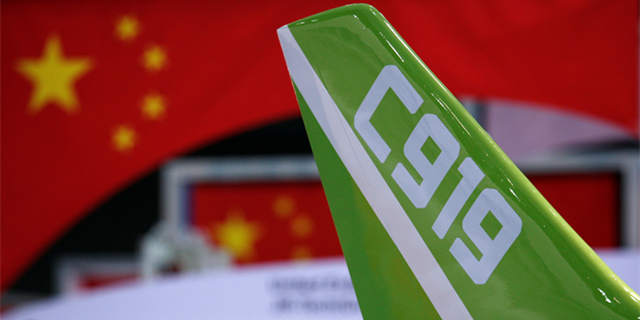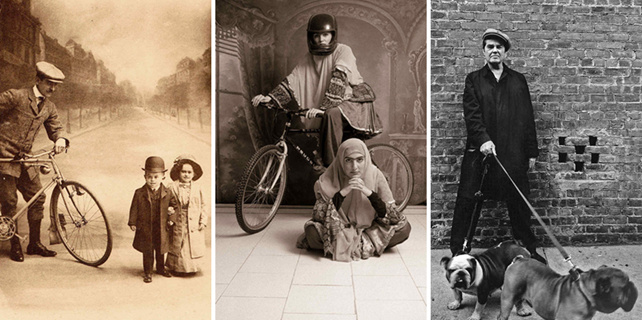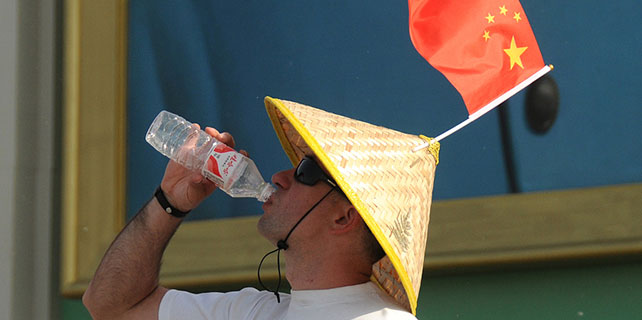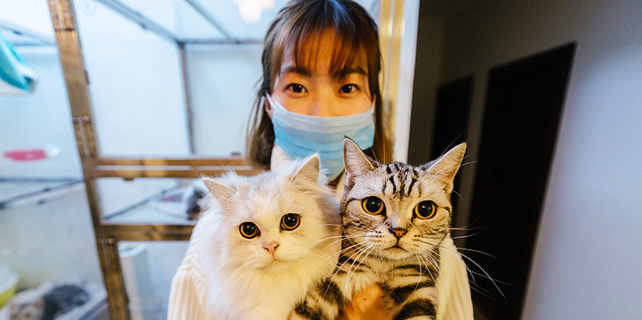Walls to save
A third-generation restorer of the Dunhuang frescoes relishes the ancient art and the traditional methods to preserve it, Wang Kaihao reports in Quyang county, Hebei province.
Li Xiaoyang is 28 years old, but he says he's been submerged in fresco restoration for more than 20 years, thanks to his family.
It is not a joke.
"I followed my grandfather and stayed with restorers at work sites for months," Li recalls. "That was how I spent my summer vacations when I was a child."
Li was born in Dunhuang, Gansu province. The oasis city in the Gobi desert is known as a major stop on the ancient Silk Road and commanded a strategic position on that Eurasian trade route. Dunhuang's legacy includes the breathtaking Buddhist relics of the Mogao Caves, which date to the 4th century. The art of its frescoes reached its zenith during the Tang Dynasty (618-907), and the relics were inscribed on the UNESCO World Heritage list in 1987, one of the earliest listed sites in China.
Li's grandfather, Li Yunhe, moved to Dunhuang from his hometown in eastern Shandong province at the age of 24, working in Dunhuang Academy as a fresco restorer. He devoted his next six decades not only to the remarkable cultural treasures in the Mogao Caves but to many other exquisite ancient art pieces around the country.
"What creates the spirit of craftsmanship? I think the answer is time," Li Xiaoyang says in admiration of his grandfather. "After repairing No 161 grotto in the Mogao Caves in 1962, my grandfather has gone back to check whether the restoration was solid every year since."
"He is 85 years old, but it's a piece of cake for him to climb up 20-meter-high scaffolds. He says he likes staying with us young people, and that makes him feel young."










